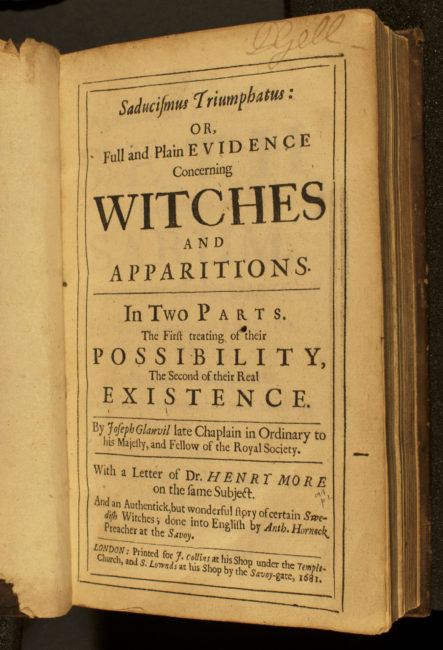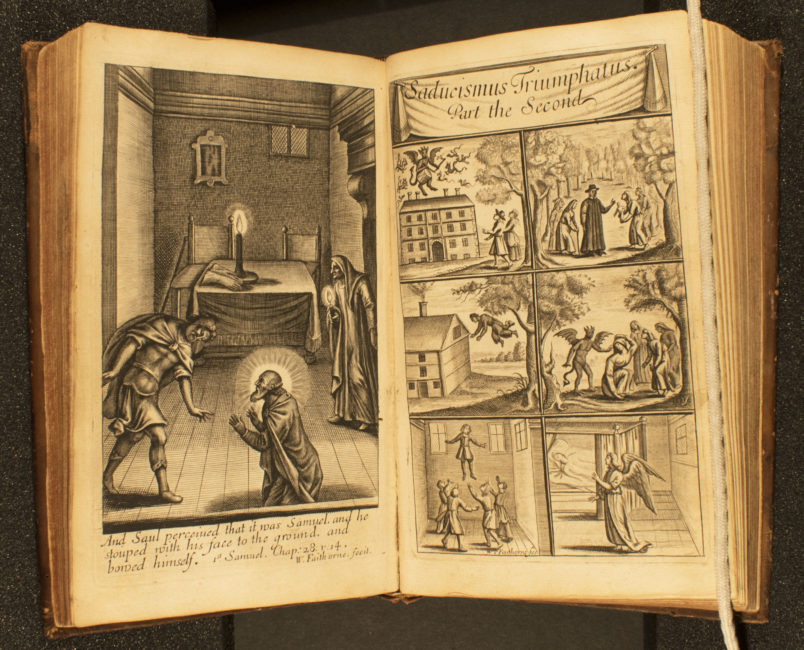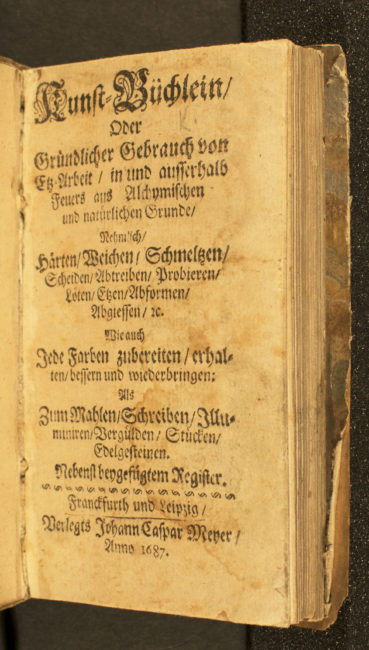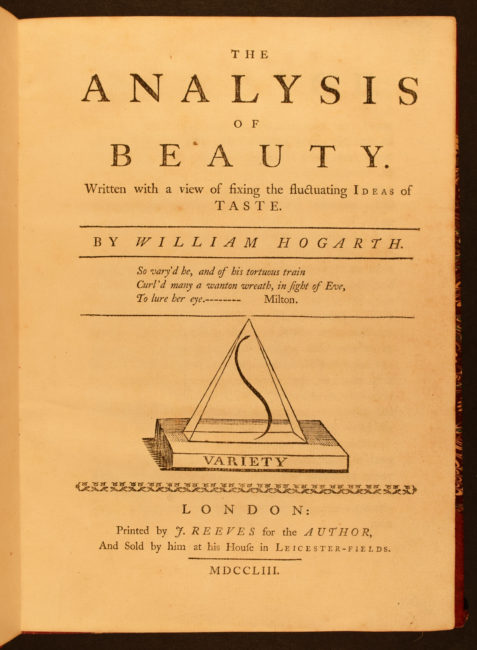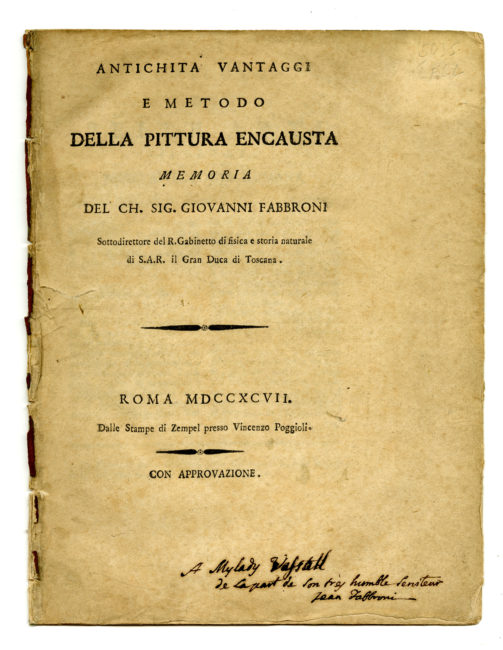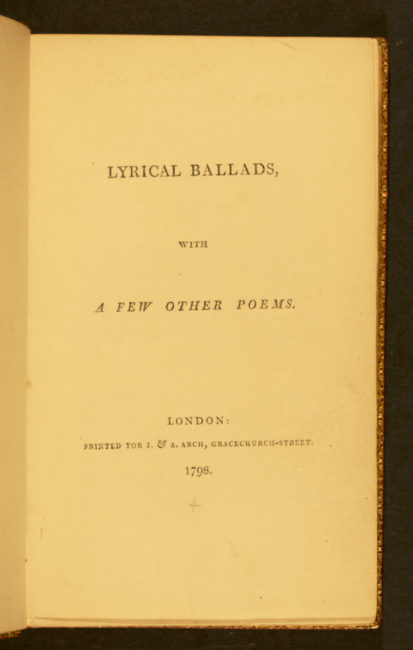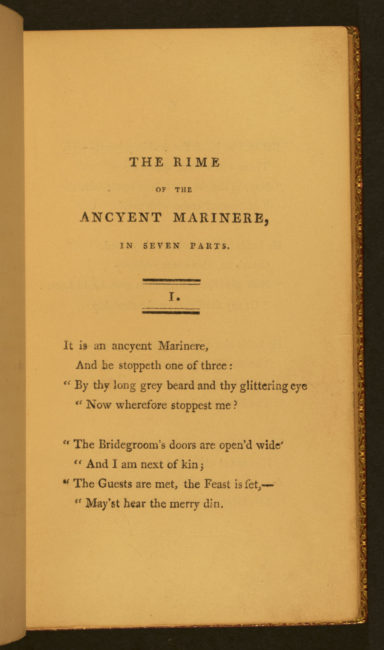The zoological writings by the English clergyman Edward Topsell are the first books on animals printed in the English vernacular.
This work by the Italian physician and naturalist is one of a series of books that, together, form an encyclopedia of natural history, encompassing animals, plants, and minerals.
This extremely rare book is the first monograph on kermes, the oldest known red dyestuff. Kermes was viewed as a precious substance and served as a substitute for currency; it was also used widely in ancient, medieval, and Renaissance pharmacological applications.
This rare early quarto edition of a play by William Shakespeare and John Fletcher is an important addition to the collection on Shakespeare and the Elizabethan era in Special Collections.
The first book on insects to be published in England, this extensive treatise on entomology covers the habits, habitats, breeding and economic uses of insects.
This rare pamphlet, written by the English bookseller and publisher Michael Sparke, addresses the plight of homeless orphans in 17th century London. The book was printed by Anne Griffin who operated a press from 1634-1643.
Building on the Library’s extensive collection of early works on fortification, this singular edition of an important treatise on symmetrical military fortifications contains 34 full-page etchings.
The last of the German Jesuit scholar and polymath’s books to be published during his lifetime, Turris Babel represents his attempt to reconstruct the details surrounding the Biblical story of Nimrod’s attempt to build a tower that reached the heavens.
Joseph Glanvill, who served as chaplain to King Charles II, was deeply interested in the phenomenon associated with witchcraft. This is the first complete edition of his best-known work.
One of the last in the famous series of “Kunstbüchlein” or “books of secrets,” this monograph contains numerous vernacular recipes for tempering iron and steel, etching, coloring material, removing spots and stains from cloth, making inks, colors, and dyes, and various other chemical preparations.
The first edition of Hogarth’s only book, it is one of the most important treatises in the history of English aesthetics and had profound influence on mid-18th-century landscape gardening.
This very scarce monograph highlights the ancient technique of encaustic painting, during which colored pigment is added to heated beeswax that is then applied to a surface—usually prepared wood, though canvas and other materials are often used. This copy contains a presentation inscription from the author.
This landmark collection of poems launched the English Romantic movement in literature. This acquisition of the scarce first edition of the book is an important addition to the British Romantics collection in Special Collections.

![The Historie of Foure Footed Beastes. London: Printed by William Jaggard, 1607, [bound with] The Historie of Serpents. London: Printed by William Jaggard, 1608. The Historie of Foure Footed Beastes. London: Printed by William Jaggard, 1607, [bound with] The Historie of Serpents. London: Printed by William Jaggard, 1608.](https://exhibitions.lib.udel.edu/60-at-60/wp-content/uploads/sites/16/2019/10/10_four_footed_beasts-e1572034253957.jpg)
![The Historie of Foure Footed Beastes. London: Printed by William Jaggard, 1607, [bound with] The Historie of Serpents. London: Printed by William Jaggard, 1608. The Historie of Foure Footed Beastes. London: Printed by William Jaggard, 1607, [bound with] The Historie of Serpents. London: Printed by William Jaggard, 1608.](https://exhibitions.lib.udel.edu/60-at-60/wp-content/uploads/sites/16/2019/10/10_four_footed_elephant-e1572034261762.jpg)
![Vlyssis Aldrouandi Patricii Bononiensis Quadrupedum Omniu[m] Bisulcoru[m] Historia. Bononiae: Apud Sebastianum Bonhommium, 1621. Vlyssis Aldrouandi Patricii Bononiensis Quadrupedum Omniu[m] Bisulcoru[m] Historia. Bononiae: Apud Sebastianum Bonhommium, 1621.](https://exhibitions.lib.udel.edu/60-at-60/wp-content/uploads/sites/16/2019/10/11_Aldrovandi_3-e1572034319447.jpg)
![De confectione Alchermes in Pomerania parari cœpta: deq[ue] ejus compositione, singulorum ingredientium examine, qualitate, virtute atq[ue] facultatibus… dissertatio & exercitatio medica. Stetini: Typis & Impensis Davidis Rhetii, 1634. De confectione Alchermes in Pomerania parari cœpta: deq[ue] ejus compositione, singulorum ingredientium examine, qualitate, virtute atq[ue] facultatibus… dissertatio & exercitatio medica. Stetini: Typis & Impensis Davidis Rhetii, 1634.](https://exhibitions.lib.udel.edu/60-at-60/wp-content/uploads/sites/16/2019/10/12_de_confectione_alchermes-e1572034327845.jpg)
![De confectione Alchermes in Pomerania parari cœpta: deq[ue] ejus compositione, singulorum ingredientium examine, qualitate, virtute atq[ue] facultatibus… dissertatio & exercitatio medica. Stetini: Typis & Impensis Davidis Rhetii, 1634. De confectione Alchermes in Pomerania parari cœpta: deq[ue] ejus compositione, singulorum ingredientium examine, qualitate, virtute atq[ue] facultatibus… dissertatio & exercitatio medica. Stetini: Typis & Impensis Davidis Rhetii, 1634.](https://exhibitions.lib.udel.edu/60-at-60/wp-content/uploads/sites/16/2019/10/12_dissertatio_medica-e1572034333160.jpg)
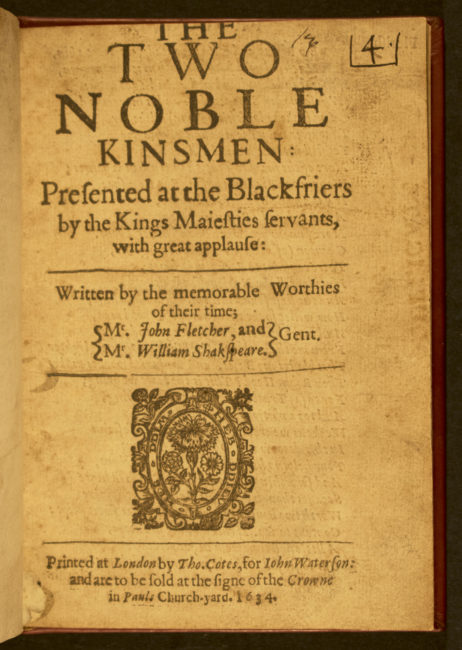
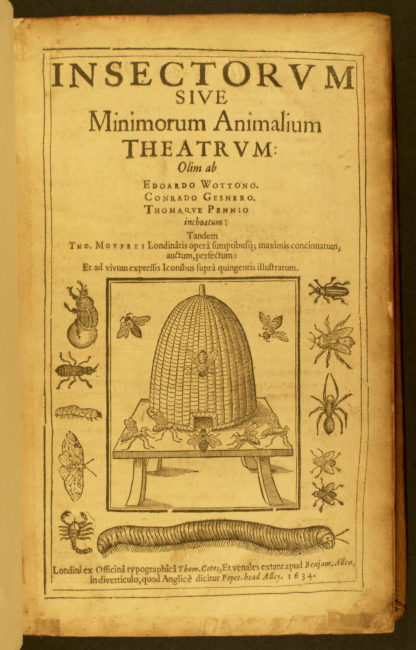
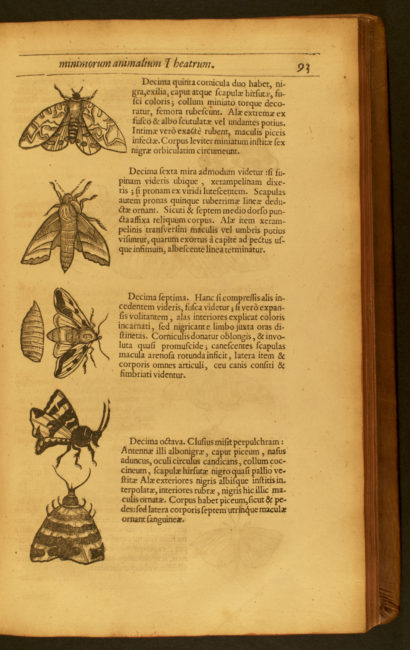
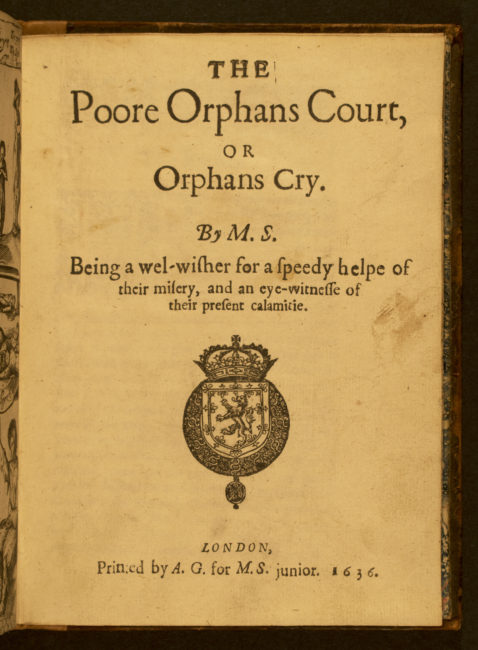
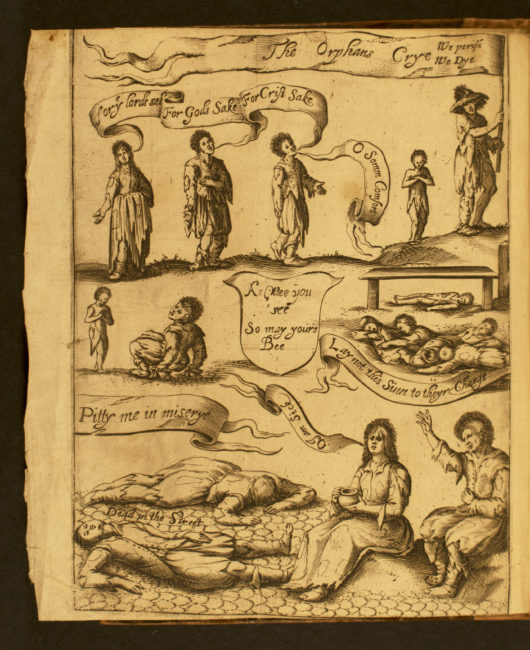
![Della fortificatione regolare. [Parma, Italy: Per Mario Vigna, 1646]. Della fortificatione regolare. [Parma, Italy: Per Mario Vigna, 1646].](https://exhibitions.lib.udel.edu/60-at-60/wp-content/uploads/sites/16/2019/10/16_Lonbardy_1-e1572034374596.jpg)
![Athanasii Kircheri e Soc. Jesu Turris Babel. Amstelodami [Amsterdam]: Ex officina Janssonio-Waesbergiana, 1679. Athanasii Kircheri e Soc. Jesu Turris Babel. Amstelodami [Amsterdam]: Ex officina Janssonio-Waesbergiana, 1679.](https://exhibitions.lib.udel.edu/60-at-60/wp-content/uploads/sites/16/2019/10/17_babel_1-e1572034382186.jpg)
![Athanasii Kircheri e Soc. Jesu Turris Babel. Amstelodami [Amsterdam]: Ex officina Janssonio-Waesbergiana, 1679. Athanasii Kircheri e Soc. Jesu Turris Babel. Amstelodami [Amsterdam]: Ex officina Janssonio-Waesbergiana, 1679.](https://exhibitions.lib.udel.edu/60-at-60/wp-content/uploads/sites/16/2019/10/17_babel_2_detail_square-e1572034388368.jpg)
